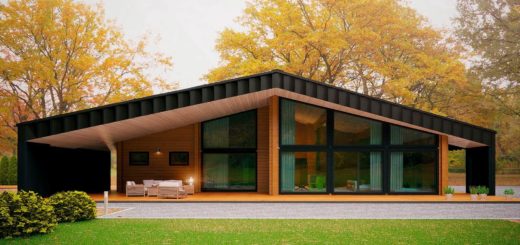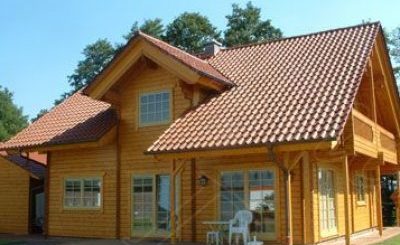Wooden Prefabricated Houses: A Guide to Choosing Quality and Avoiding Mistakes
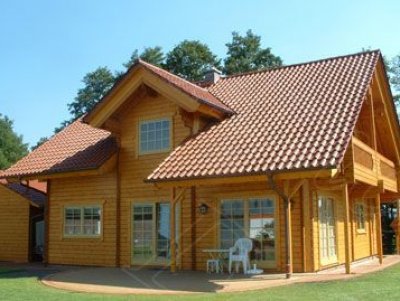
Wooden Prefabricated Houses: A Guide to Choosing Quality and Avoiding Mistakes 🏡
Wooden prefabricated houses are often associated with simple cabins, but in reality, they can achieve high levels of quality when properly designed and built. This type of structure has been used since ancient times and became popular in North America due to the abundance of wood and the speed of construction.
During the 18th-century colonization period, the balloon frame system spread as an efficient and affordable building model. Over time, it was exported around the world and became the basis for modern wooden prefabricated homes, which are now very popular in countries such as the United States, Canada, and Sweden.
However, in countries like Spain, the situation is quite different. The tradition of wooden construction is limited, and the market shows a wide range of quality levels—from low-cost, poorly insulated models to genuinely sustainable homes.
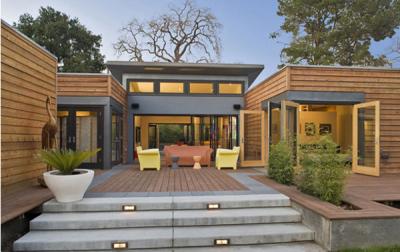
🔎 Simple cabins or high-quality constructions?
Here are some essential points to consider before buying a wooden prefabricated house:
1️⃣ Start with a proper architectural project. Every building must be based on a well-defined architectural plan. Many prefabricated houses are sold without a prior technical project, which can lead to legal and structural problems later.
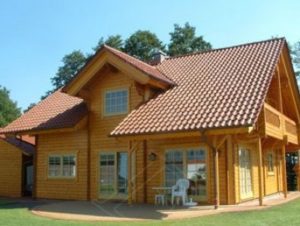
2️⃣ Don’t be fooled by low prices. Reduced prices usually mean lower quality standards, fewer finishes, and missing elements such as insulation or complete installations.
3️⃣ The final price may be similar to a traditional home. When the same level of quality and materials is applied, the total cost of a wooden prefabricated home is often comparable to that of a conventional construction.

4️⃣ Adapt the design to the environment. Many prefabricated homes are sold as standardized products without considering the local climate, orientation, or geography. This can reduce comfort and energy efficiency.
5️⃣ Check structural quality. To remain competitive, some manufacturers compromise on material quality or assembly standards. Always ask for technical certifications and compliance documents.
6️⃣ Compliance with building regulations. Prefabricated houses must meet the same legal and technical requirements as any other construction. Only small temporary cabins or sheds can be exempted from these regulations.
In conclusion, while the wooden housing industry in Northern Europe and the United States has a long-standing tradition and well-established regulations, in Southern Europe and Latin America, there are still legal gaps and a lack of quality control. That’s why researching and comparing before purchasing is essential.
Explore more guides about wooden prefabricated homes on Vilssa. For further inspiration, visit Houzz’s gallery of sustainable modular homes.











